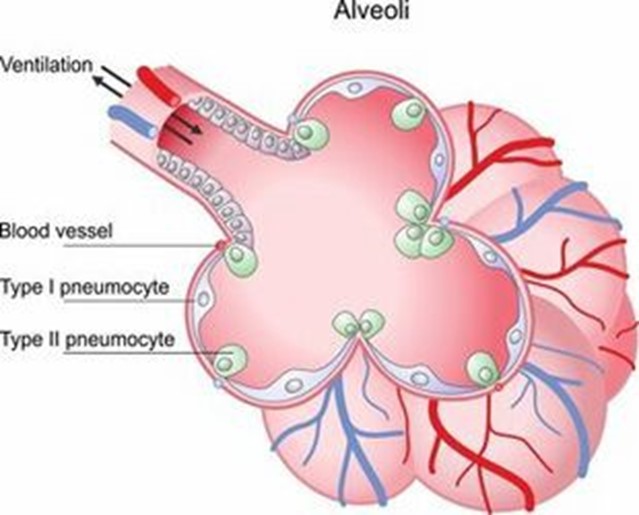The nurse admits a newborn to the admission nursery and prepares to bathe the baby for the first time after assessing which of the following?
Two hours since last eating.
Temperature 36.2°C axillary on radiant warmer.
Drying of the umbilical cord.
Stable temperature for 2 hours.
The Correct Answer is D
A. This is not a primary consideration before bathing a newborn. The timing of the last feeding is more relevant to assessing the risk of hypoglycemia rather than determining readiness for a bath.
B. This temperature is slightly below the recommended range for newborns (36.5°C to 37.5°C). Bathing should be delayed until the newborn's temperature is stable.
C. While care of the umbilical cord is important, it does not determine the timing of the first bath. The cord can be kept dry even if the baby is bathed.
D. Ensuring that the newborn has maintained a stable body temperature for at least 2 hours is crucial before giving the first bath. Bathing can cause a drop in body temperature, so it's essential that the newborn's thermoregulation is stable to avoid hypothermia.
Nursing Test Bank
Naxlex Comprehensive Predictor Exams
Related Questions
Correct Answer is B
Explanation
Choice A rationale:
Providing a heat source for the newborn is not the purpose of surfactant. Surfactant is a substance produced in the lungs to reduce surface tension and prevent alveolar collapse during expiration. It helps with the exchange of gases, but it does not generate heat.
Choice B rationale:

This is the correct answer. Surfactant plays a crucial role in assisting the alveoli to remain open by reducing surface tension. This, in turn, allows for proper gas exchange, especially of oxygen and carbon dioxide.
Choice C rationale:
Assisting the ductus arteriosus to remain open is not the purpose of surfactant. The ductus arteriosus is a fetal blood vessel that connects the pulmonary artery to the aorta, bypassing the lungs. After birth, it should close on its own, and surfactant does not influence this process.
Choice D rationale:
Providing energy to the newborn is not the purpose of surfactant. Energy for the newborn comes from nutrition, particularly breast milk or formula, and not from surfactant
Correct Answer is D
Explanation
A. Back to sleep: While placing babies on their backs to sleep is essential for reducing the risk of sudden infant death syndrome (SIDS), it does not prevent flat spots. Instead, tummy time while the baby is awake helps balance the time spent on their back.
B. Take the baby for walks: Taking a baby for walks is beneficial for overall development and stimulation but does not directly prevent flat spots on the head.
C. Keep them awake most of the day: This is not a safe or recommended practice. Babies need sufficient sleep for proper growth and development.
D. Tummy time helps prevent flat spots by reducing the amount of time the baby spends lying on their back. It also strengthens neck, shoulder, and arm muscles, encouraging the baby to move their head more freely and develop motor skills.
Whether you are a student looking to ace your exams or a practicing nurse seeking to enhance your expertise , our nursing education contents will empower you with the confidence and competence to make a difference in the lives of patients and become a respected leader in the healthcare field.
Visit Naxlex, invest in your future and unlock endless possibilities with our unparalleled nursing education contents today
Report Wrong Answer on the Current Question
Do you disagree with the answer? If yes, what is your expected answer? Explain.
Kindly be descriptive with the issue you are facing.
